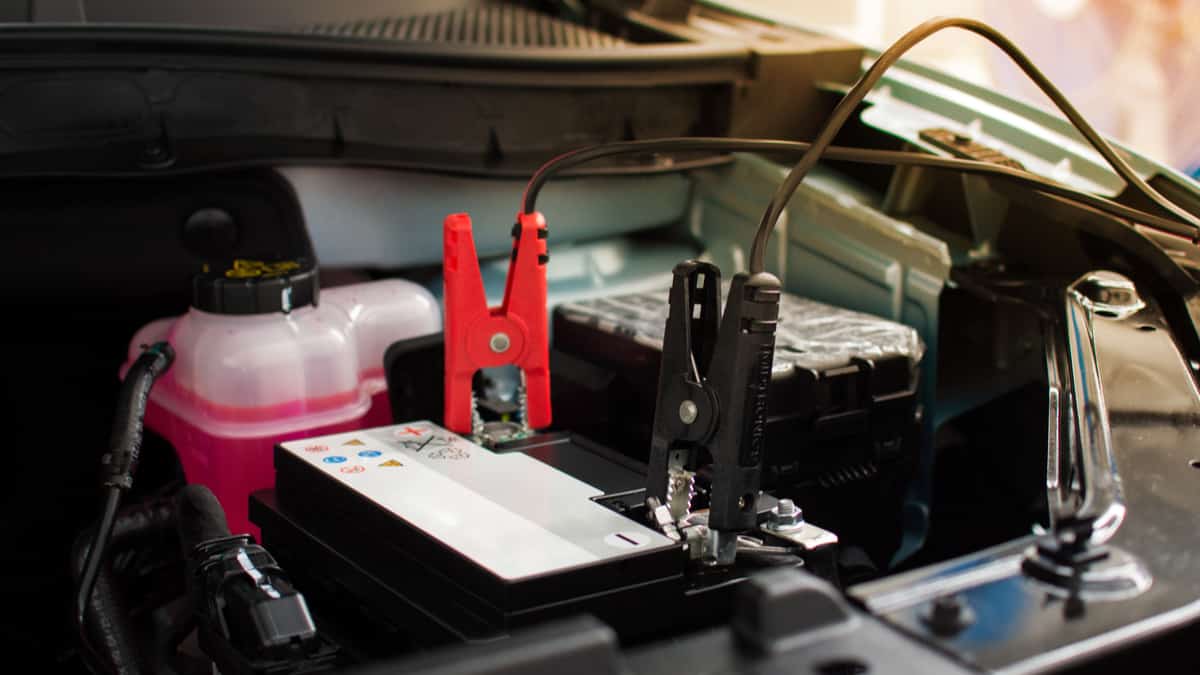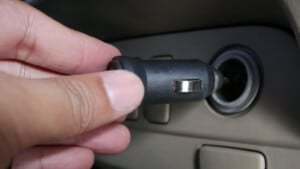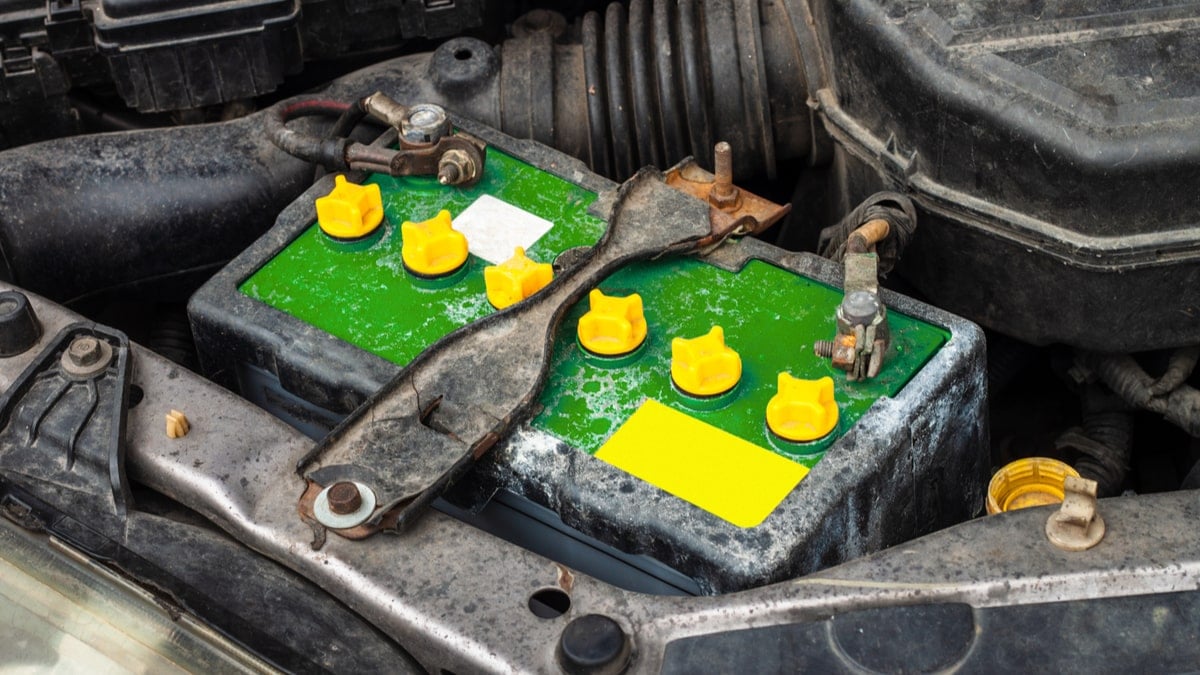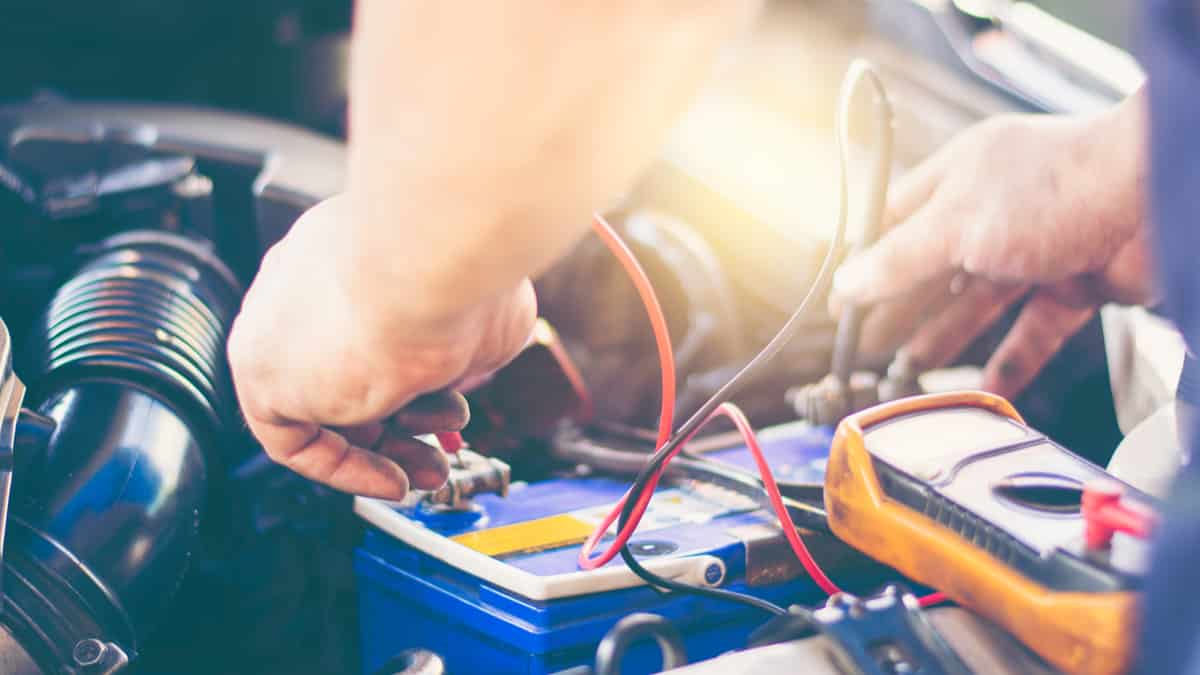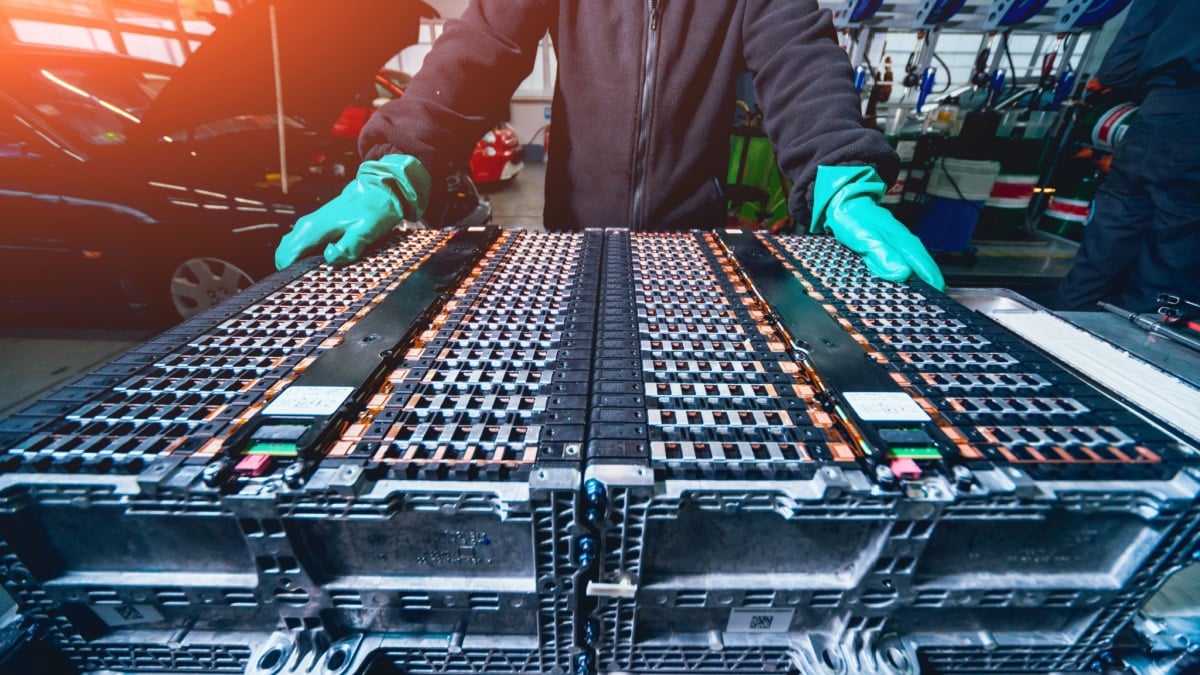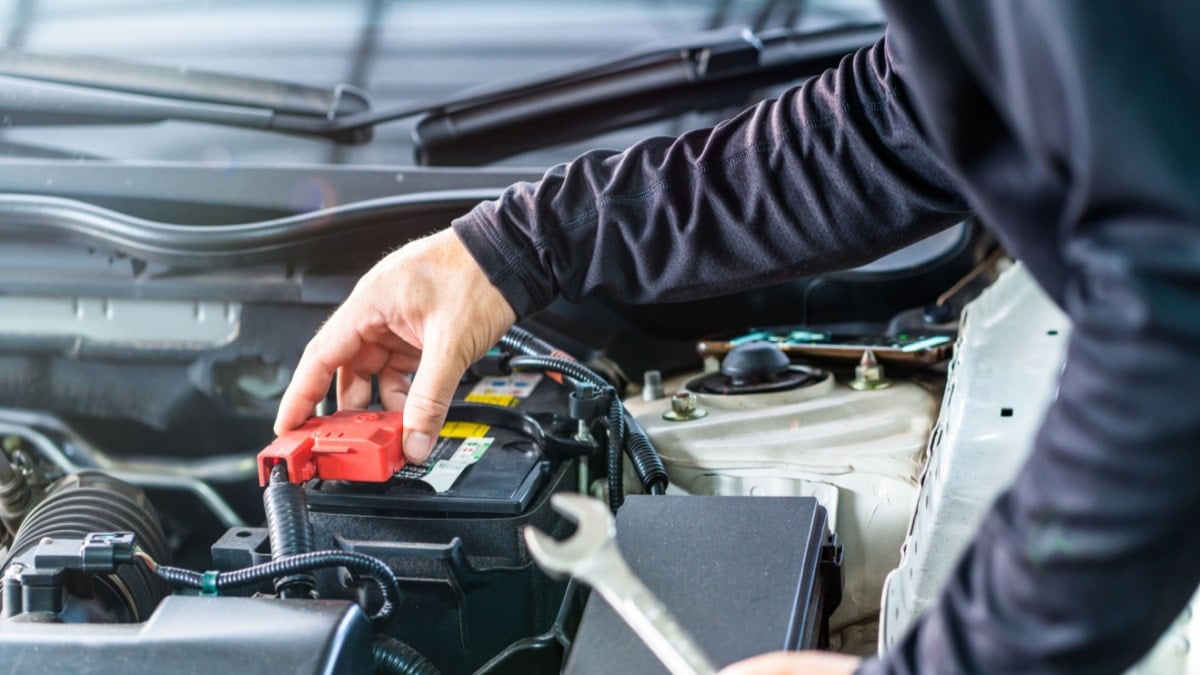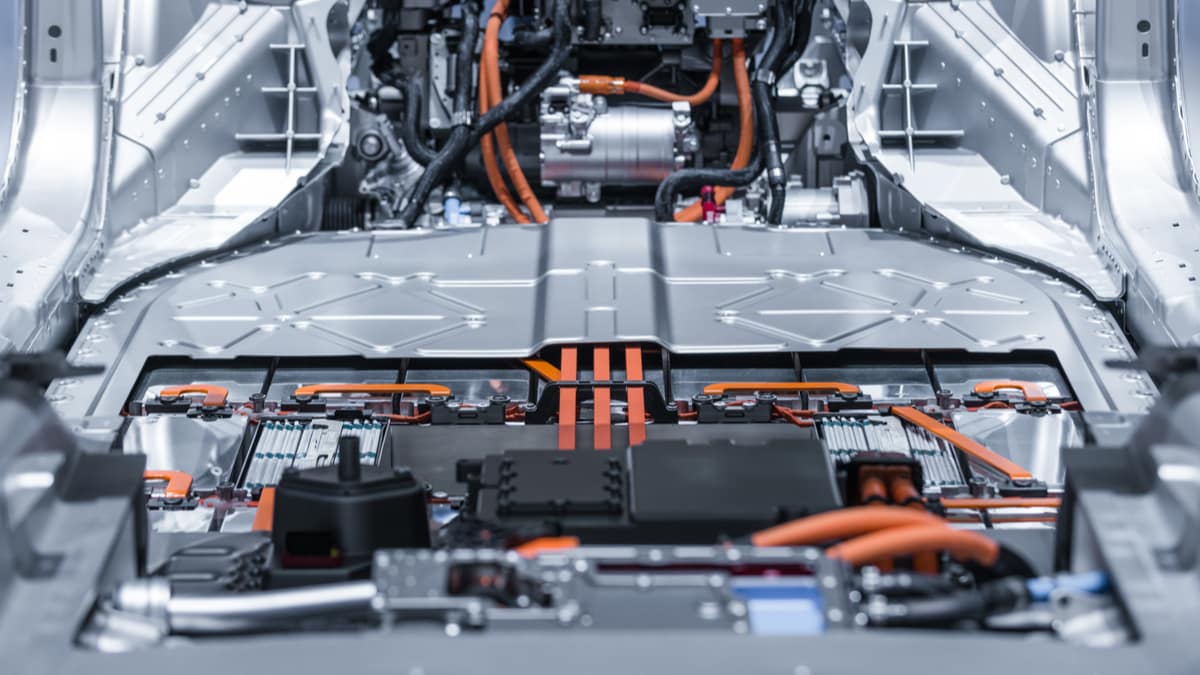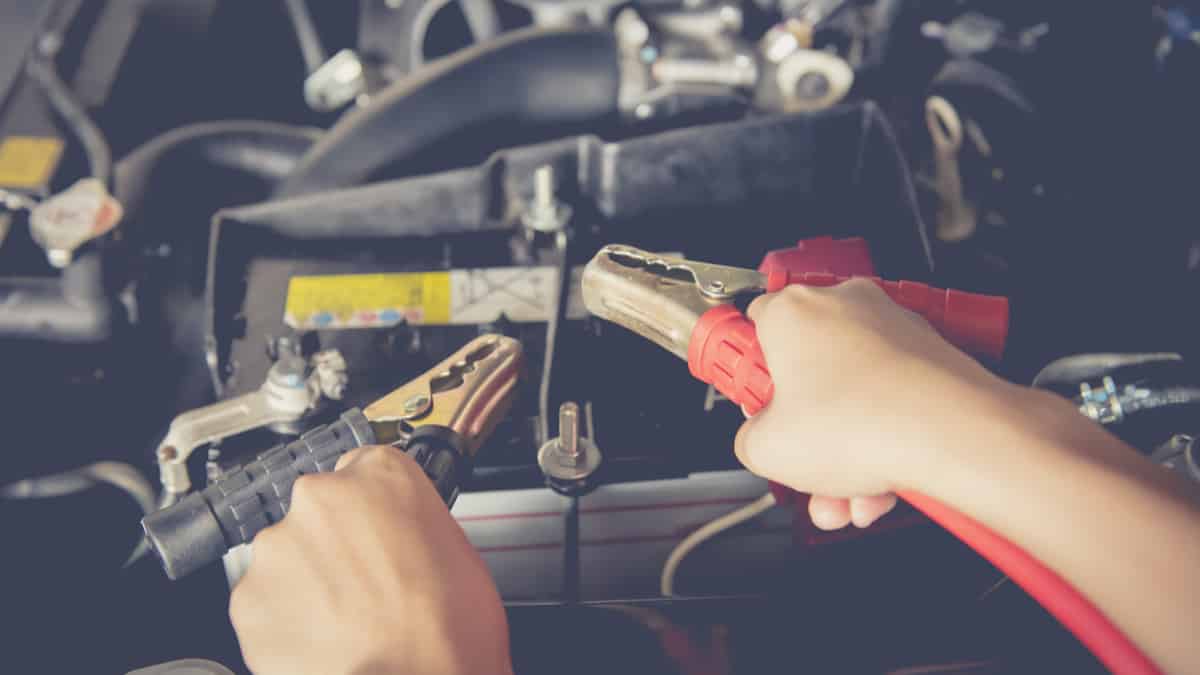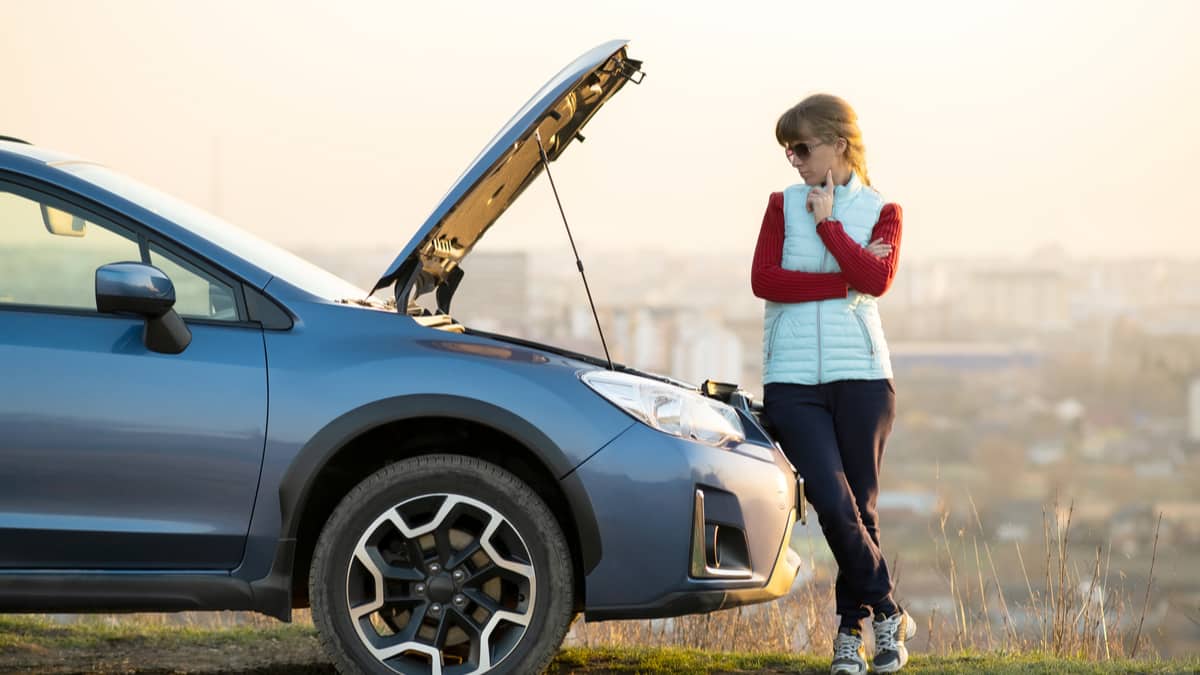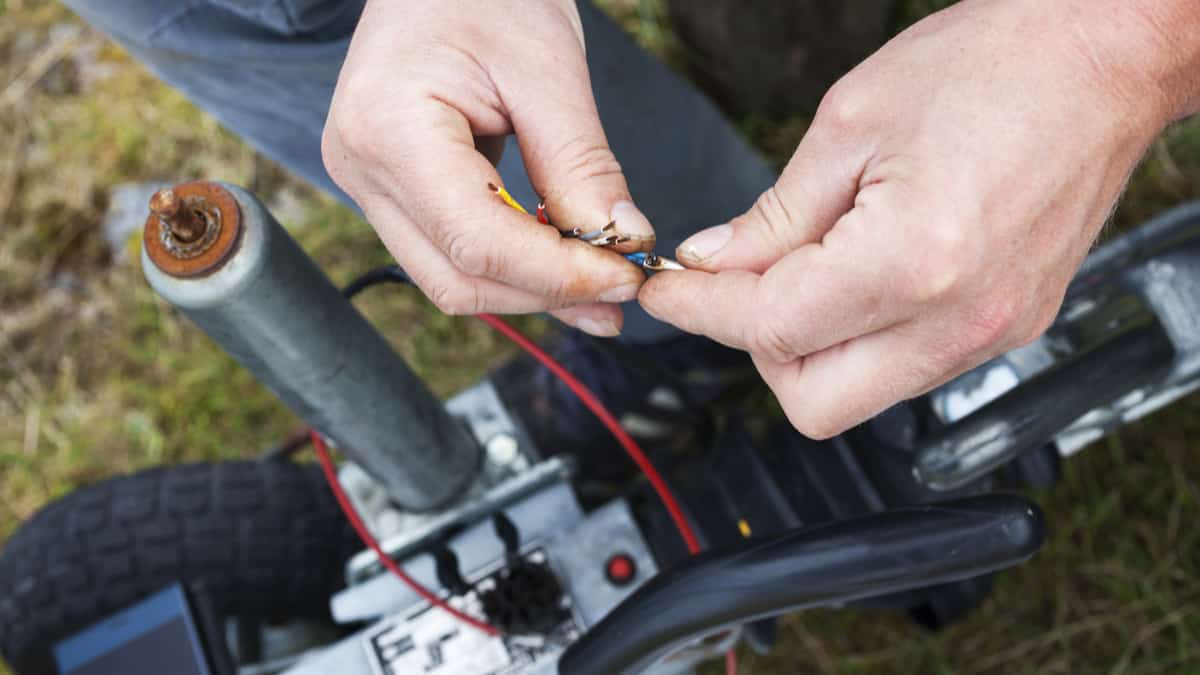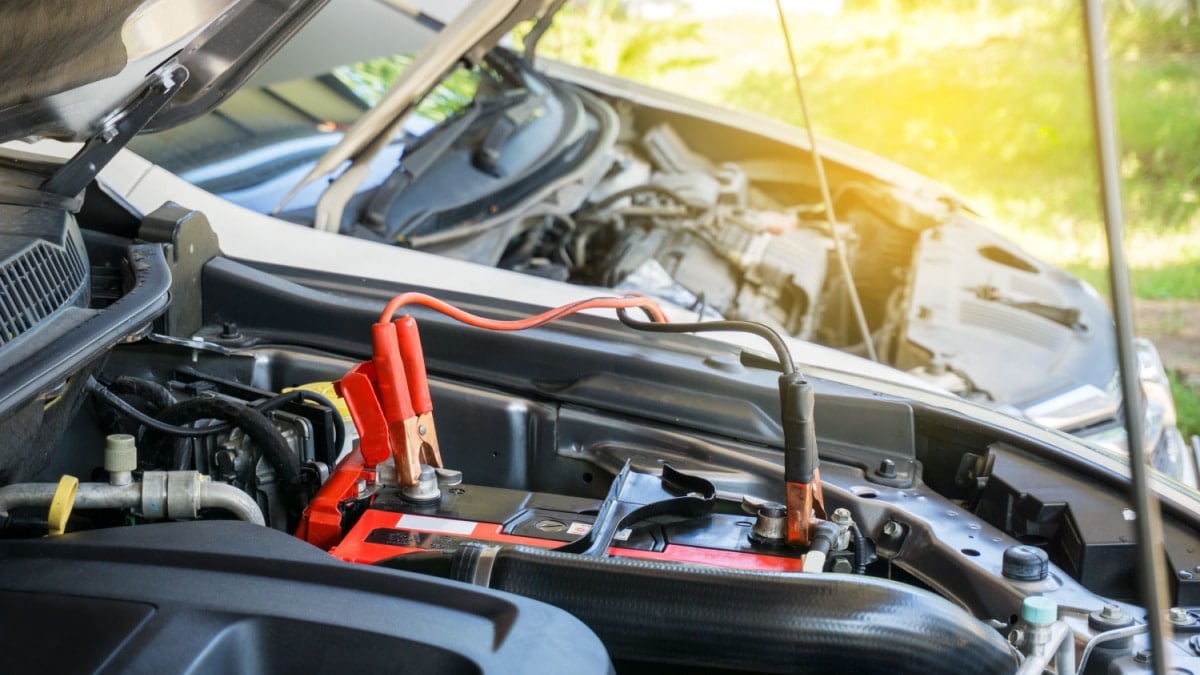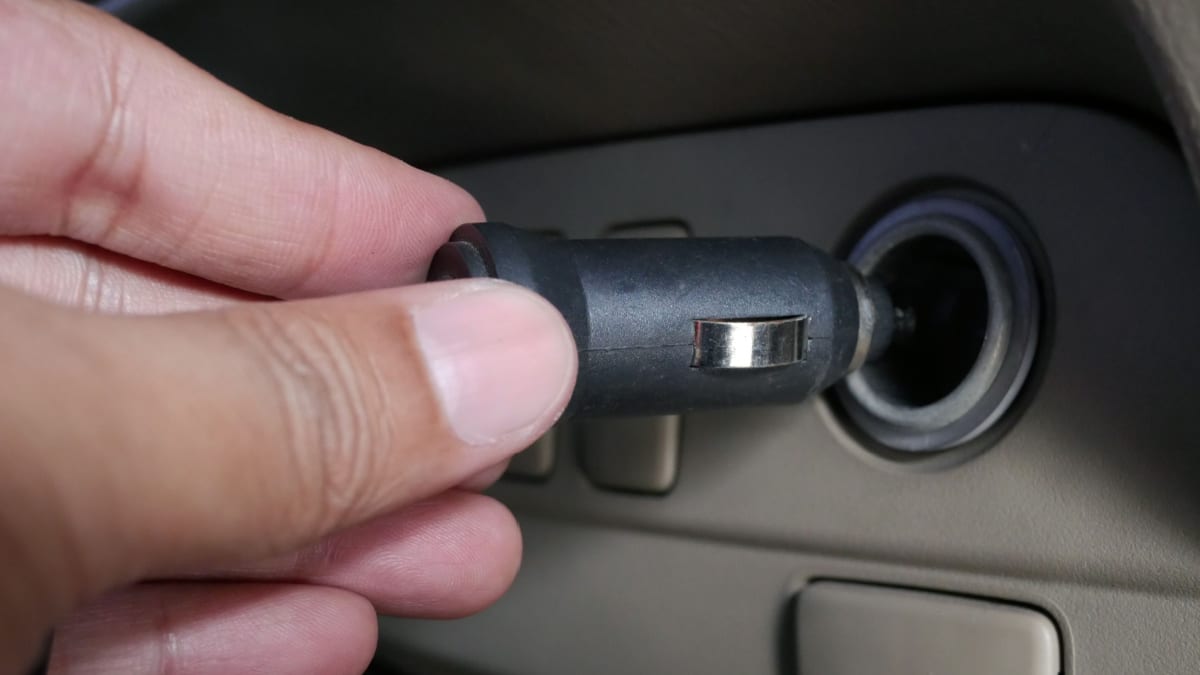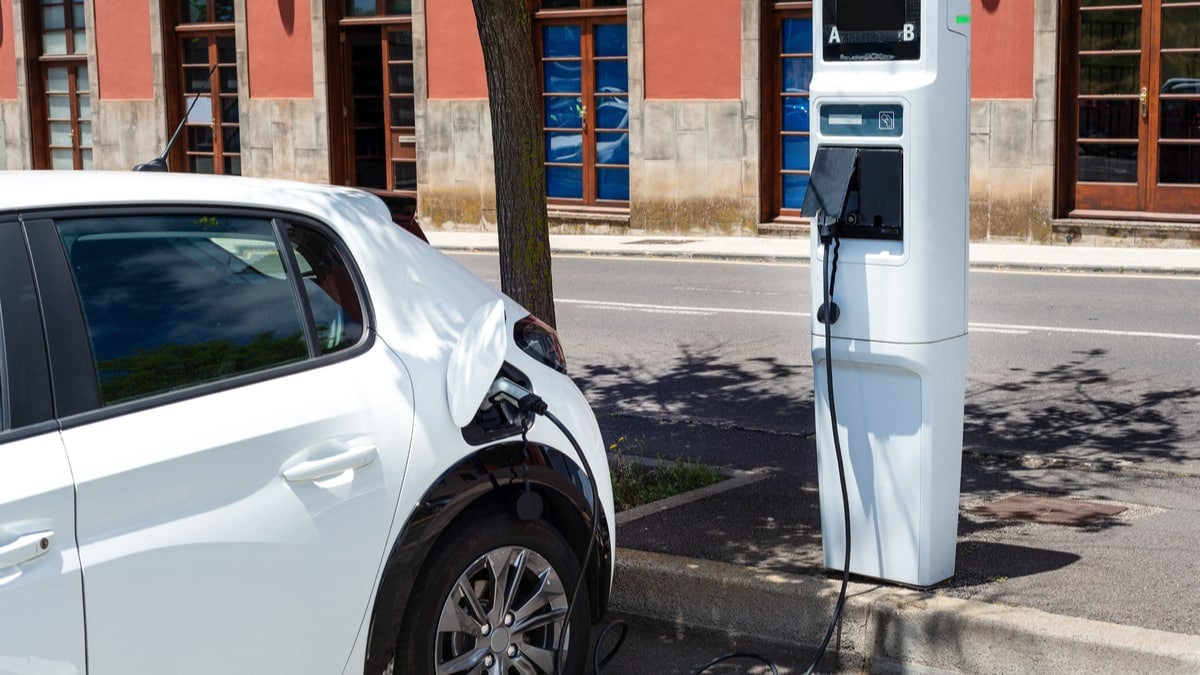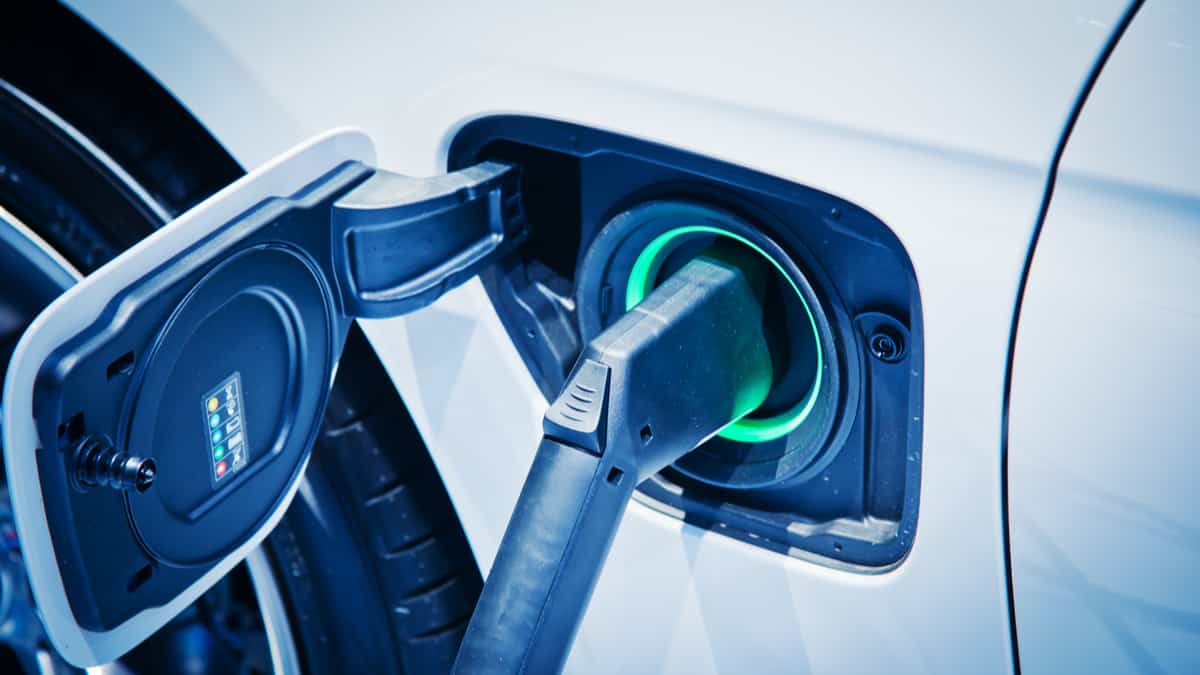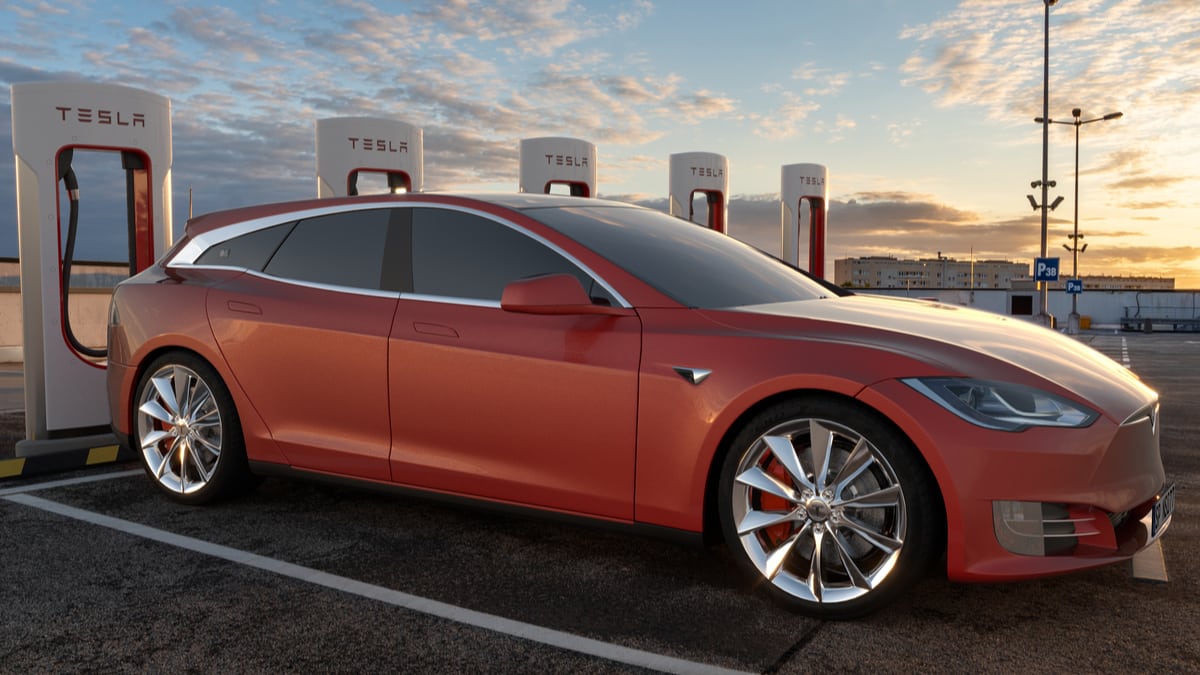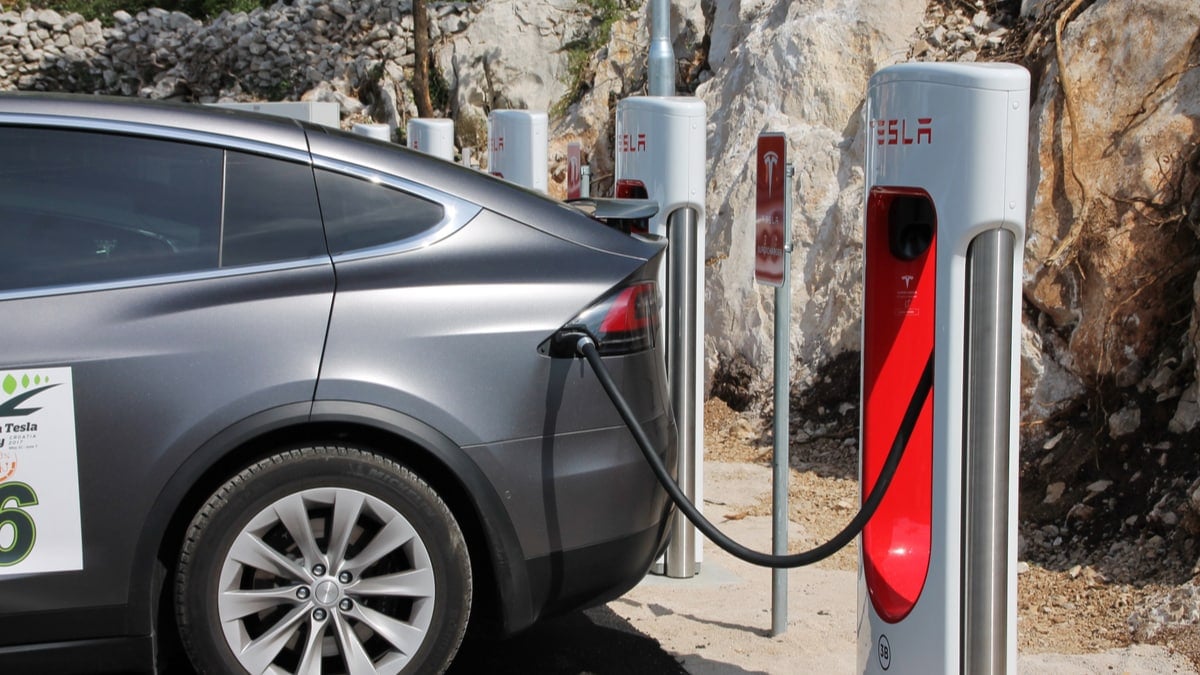Your car battery stands between you and the places you want to go. When it is running right, there’s nothing holding you back. When it dies, it becomes very difficult to get the car started. That’s why it’s important to know how to efficiently charge a car battery.
I review the steps you need to take to charge a car battery and discuss what to do if it won’t hold a charge.
How to Charge a Car Battery The Best Way
1. Turn Everything Off
Some car models also require you to remove the battery terminals before charging the battery so as not to damage electrical parts. Check your repair manual for your specific car model to be sure.
If you need to test your battery, use a voltmeter. Touch the prongs to the appropriate battery terminals to get a reading. 12.4 to 12.7 volts says that your 12-volt car battery is charged. Anything lower than 12 volts indicates low voltage, leaving you with a battery that might not start the engine.
2. Set Charge Rate
In most cases, you want to charge your battery on the lowest setting. By doing a slow charge, you ensure the battery remains in good condition. It also keeps you from overcharging the battery. The only time you should use a fast-charge setting is if you need the battery right away. While this will get you back on the road quickly, it will reduce the battery’s life significantly.
3. Clean Battery Terminals
If you are unable to remove the corrosion with the brush, consider using a baking soda paste instead. By cleaning off the battery, you ensure that the charger makes a good connection.
4. Connect Your Charger
Next, you will do the same with the black cable and the negative battery terminal. Once the charger is connected, you can turn it on.
5. Charge & Test Battery
Replace the cap on the terminal and attempt to start your vehicle. If everything works well, you won’t need to worry about the battery. However, if the battery doesn’t work, you might need a replacement.
Slow Charge vs Fast Charge, Which is Better?
The best way to charge a car battery is by slow-charging it, as this protects your battery’s health. Charging a car battery too fast can actually damage it. Therefore, it is better to always charge with lower amps during a longer period instead if you are not in hurry.
What Does a Car Battery Do?
Why is the car battery important and why should you ensure it is always charged? First, the car battery ensures the motor can turn over and start. When you put your key in the ignition, the battery is responsible for delivering the voltage needed to activate the starter.
Additionally, automotive batteries provide voltage to the engine while it is running and power up your important accessories. Without a car battery, you wouldn’t have headlights, a car radio or anything else electronic in the vehicle.
How Long to Charge a Car Battery
Determining how long it will take to charge a battery relies on several factors. First, it will depend on what type of charger you are using. It also depends on how dead the battery is.
Charging an automotive battery fully can take a couple of hours or even a few days. Using a partially charged battery is possible, but you run the chance of getting stranded somewhere, waiting for a jump start.
If you do need to jump-start your vehicle, make sure you leave the engine running afterward. It’s best to take a drive and let the alternator charge the battery before shutting it down. If you turn off the engine too quickly after a jump start, you might find yourself stranded all over again.
If the battery is completely dead, it’s possible that the jump start won’t work. Even if you leave it hooked up to a car charger, you will notice that nothing happens.
What to Do If a Car Battery Won’t Hold a Charge
If your battery isn’t holding a charge, you will need to get a replacement. Before having it towed to your local automotive shop, try a new battery. If you face the same problems after replacing the battery, it could be possible that isn’t your problem at all. In fact, many people replace the car battery only to find out that the alternator was defective, leaving the battery with no way to charge.
Categories: Car Battery, Electric, Guides
